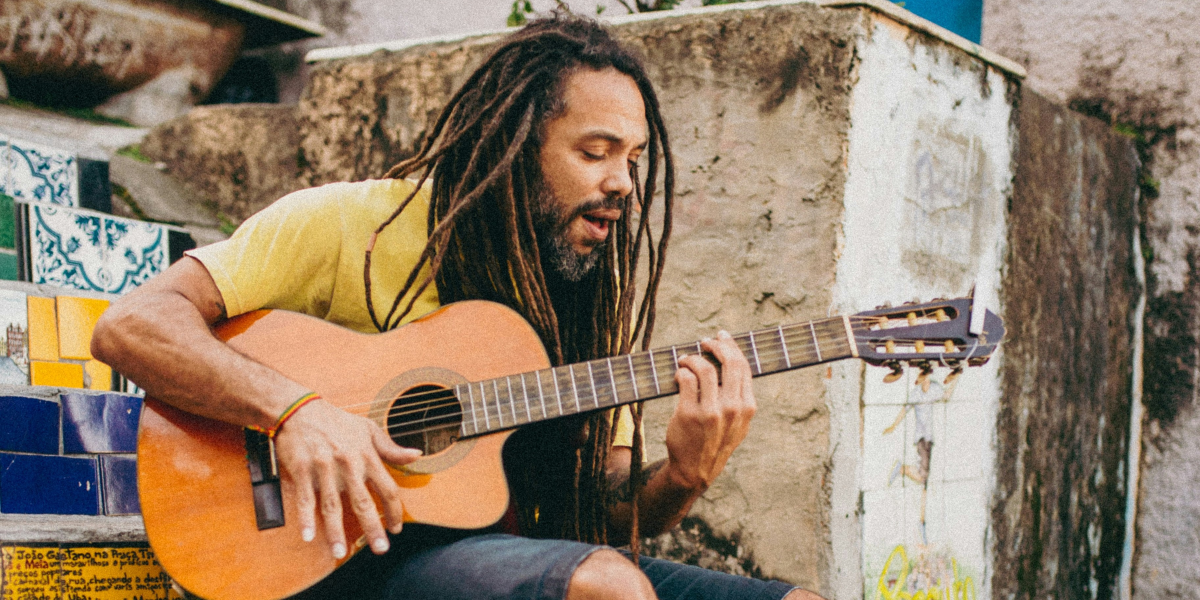Unveiling Tall Tales: Larger-Than-Life Heroes and Adventures
Understanding Tall Tales
Tall tales are the stuff of legend, weaving larger-than-life narratives filled with exaggerated feats, improbable adventures, and unforgettable characters. In this exploration, we delve into the world of tall tales, unraveling the stories of mighty heroes and epic escapades that have captured the imaginations of audiences for generations.
Tall tales are folklore narratives characterized by their exaggerated and fantastical elements. These stories often feature ordinary individuals who possess extraordinary abilities, facing off against formidable foes and conquering seemingly insurmountable challenges. Rooted in oral tradition, tall tales have been passed down through generations, evolving and adapting with each retelling.
Origins of Tall Tales
The origins of tall tales can be traced back to the early days of American folklore, with roots in the oral traditions of various cultures. As settlers moved westward during the 19th century, they brought with them a rich tapestry of stories that reflected the spirit of adventure and exploration. These tales often served as entertainment around the campfire, offering respite from the hardships of frontier life.
Exaggeration is a hallmark of tall tales, with characters and events depicted in larger-than-life proportions. From towering giants to Herculean feats of strength, tall tales revel in the absurd and the extravagant, pushing the boundaries of believability to thrilling effect.
Humor plays a central role in many tall tales, with clever wordplay, slapstick antics, and absurd situations adding levity to the narrative. Tall tale heroes often possess a wry sense of humor, using wit and cunning to outsmart their adversaries and emerge victorious against all odds.
Beneath their fantastical veneer, tall tales often contain underlying moral lessons or themes. Whether it’s the triumph of the underdog, the value of perseverance, or the importance of resourcefulness, these stories impart timeless wisdom that resonates across cultures and generations.
The Legacy of Tall Tales
Tall tales have left an indelible mark on American culture, influencing literature, art, music, and popular media. From the swashbuckling exploits of Paul Bunyan and his blue ox Babe to the daring escapades of Pecos Bill and his trusty lasso, these iconic characters have become enduring symbols of the frontier spirit and the American imagination.
Beyond their entertainment value, tall tales also serve as valuable educational tools, offering insights into the history, values, and beliefs of different regions and cultures. By exploring these stories, audiences gain a deeper appreciation for the diverse tapestry of American folklore and the rich heritage of storytelling.
Tall tales continue to captivate audiences with their larger-than-life heroes, improbable adventures, and timeless appeal. From the wild frontier of the American West to the far-flung reaches of the imagination, these fantastical narratives transport us to worlds where anything is possible and the boundaries of reality are pushed to their limits. As we celebrate the legacy of tall tales, we honor the enduring power of storytelling to inspire, entertain, and enrich our lives.










